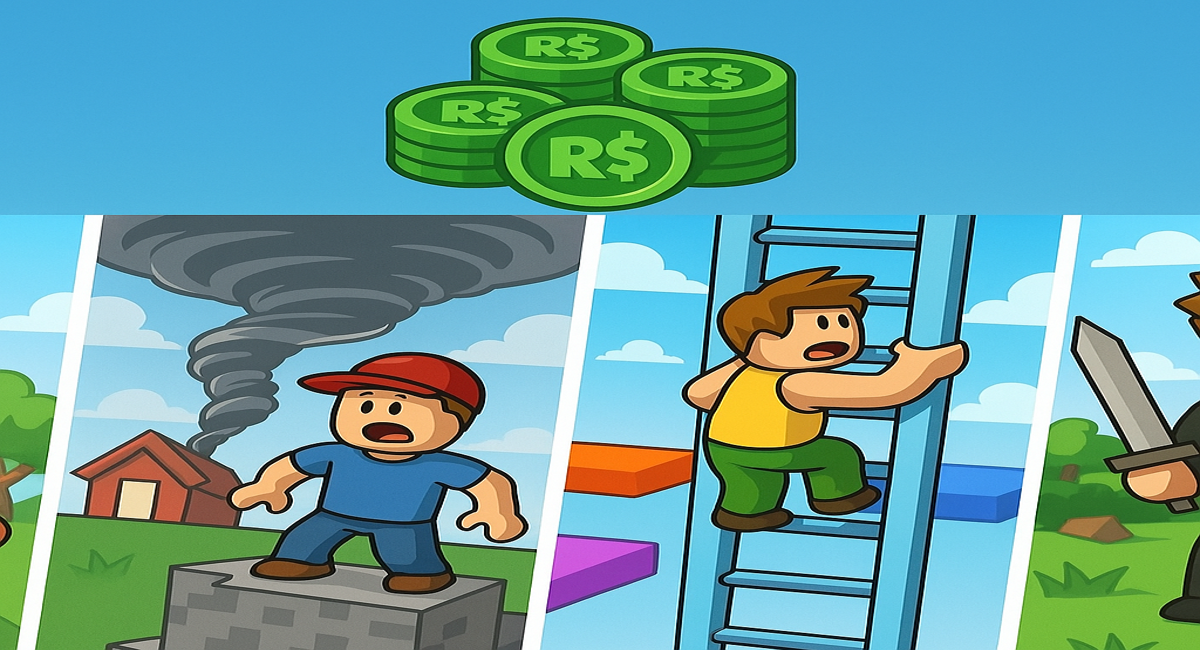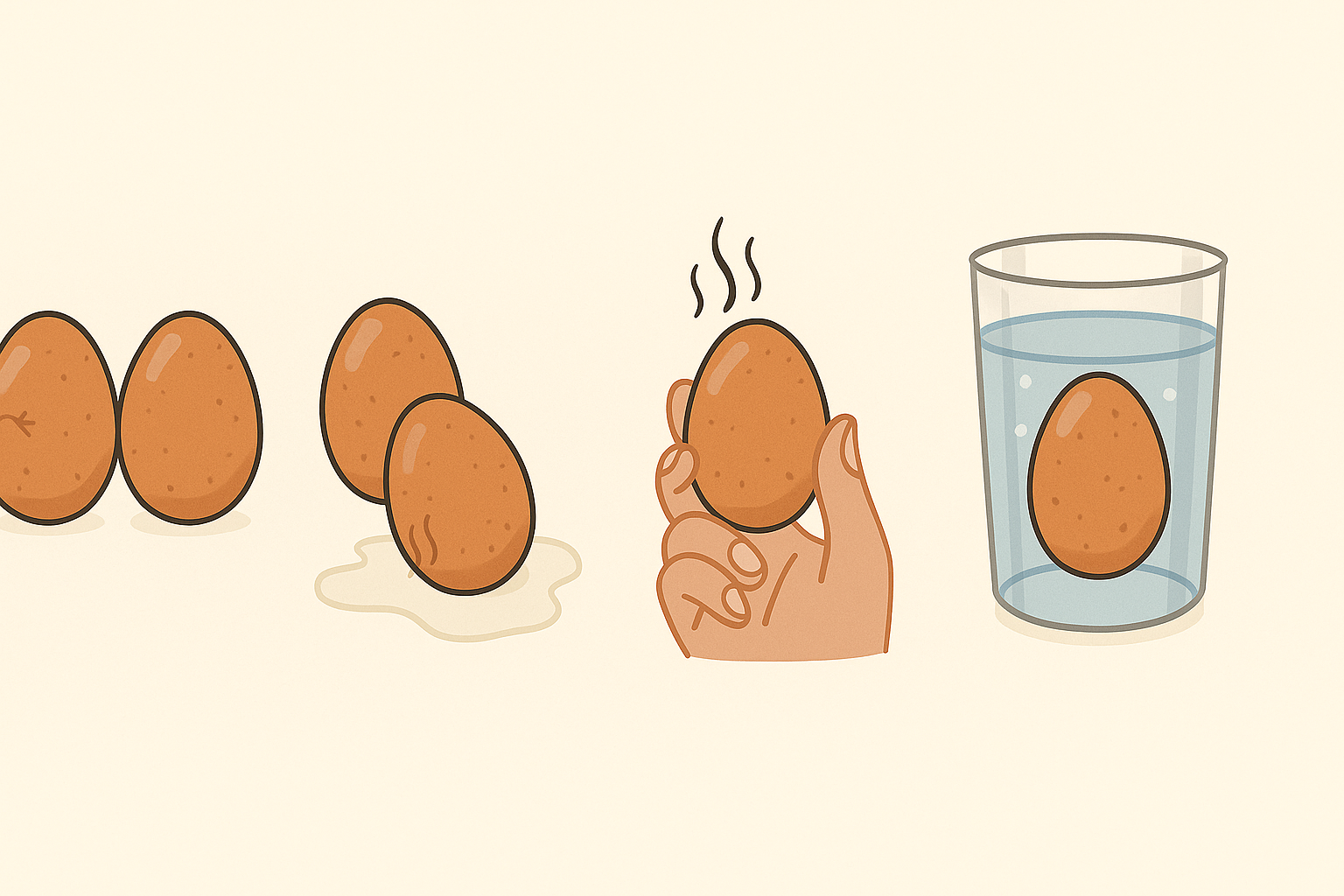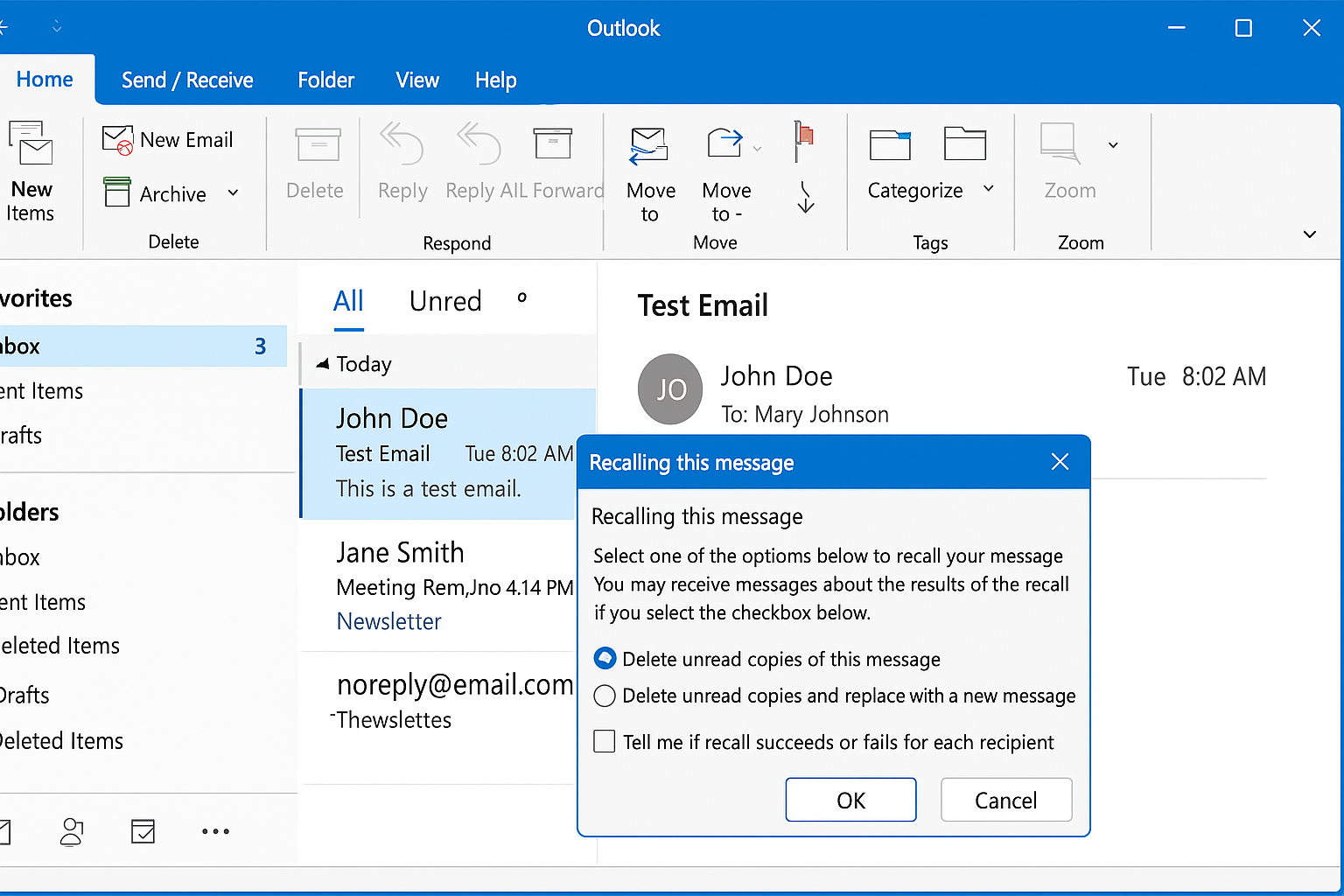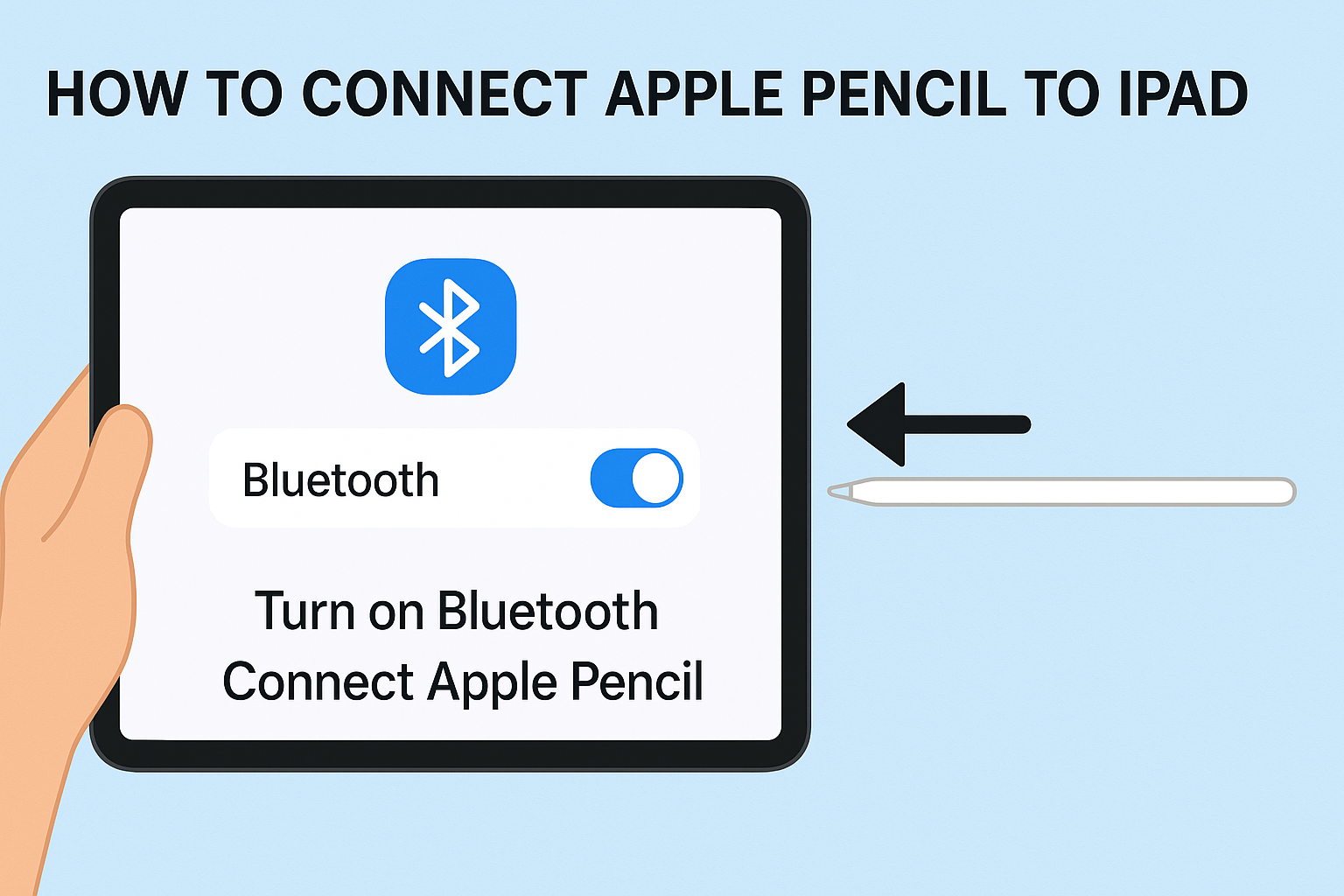1. The Basic Way to Say “Hi” in Spanish
The most common and simplest way to say “hi” in Spanish is:
Hola – pronounced “OH-lah”.
- Meaning: It translates to “hello” or “hi.”
- When to use: Anytime you want to greet someone, regardless of the time of day.
- Tip: The “h” is silent in Spanish, so make sure you don’t pronounce it.
Example:
- Hola, ¿cómo estás? → “Hi, how are you?”
2. Time-Specific Greetings (Formal and Polite Options)
While “hola” works everywhere, Spanish also has greetings that match different times of the day:
- Buenos días – “Good morning” (literally, “good days”).
- Use this from early morning until around noon.
- Example: Buenos días, señor. → “Good morning, sir.”
- Buenas tardes – “Good afternoon.”
- Usually used from noon until the early evening.
- Example: Buenas tardes, ¿cómo le va? → “Good afternoon, how are you?”
- Buenas noches – “Good evening” or “Good night.”
- Used in the late evening or when saying goodbye at night.
- Example: Buenas noches, hasta mañana. → “Good night, see you tomorrow.”
3. Informal Ways to Say Hi (Casual Conversations)
If you’re talking to friends, peers, or someone your own age, you might hear these casual greetings:
- ¡Qué tal! – “What’s up?” or “How’s it going?”
- ¿Cómo va? – “How’s it going?”
- ¡Ey! – Similar to “Hey!” in English.
These are less formal than “hola” but still widely understood.
4. Regional Variations: How People Say Hi Across Spanish-Speaking Countries
Spanish is spoken in more than 20 countries, and each region may have its own way of saying “hi”:
- In Mexico, “¿Qué onda?” is a common casual greeting, meaning “What’s up?”
- In Spain, “¡Buenas!” is a quick, informal way to say hello.
- In Argentina, you might hear “Che, hola” or just “Che” in very casual settings.
- In Puerto Rico, “¿Qué hay?” is a friendly “What’s going on?”
5. Non-Verbal Ways to Say Hi in Spanish Culture
In many Spanish-speaking countries, greetings often include gestures:
- Handshake – Common in formal situations or when meeting someone new.
- Kiss on the cheek (or two) – Popular in Spain and some Latin American countries when greeting friends or acquaintances.
- Wave or smile – Simple and universal.
6. Pronunciation Tips to Sound Natural
- Remember, the h in “hola” is silent.
- Emphasize the first syllable: OH-lah.
- Practice aloud: Say it slowly, then speed up until it feels natural.
7. Common Mistakes to Avoid
- Don’t pronounce the “h” in “hola.”
- Don’t confuse “hola” with “ola.” The second means “wave” (as in the ocean).
- Avoid translating “hi” as “sí” (which means “yes”).
8. Why Learning Spanish Greetings Matters
Mastering greetings builds confidence when you’re learning Spanish. It helps you:
- Make a good first impression.
- Start conversations easily.
- Show respect for cultural norms.







Leave a Reply